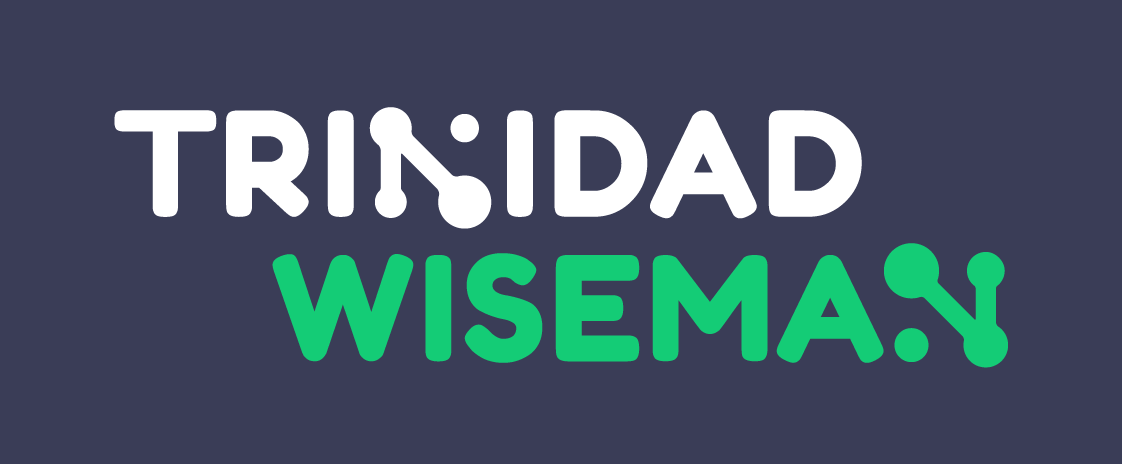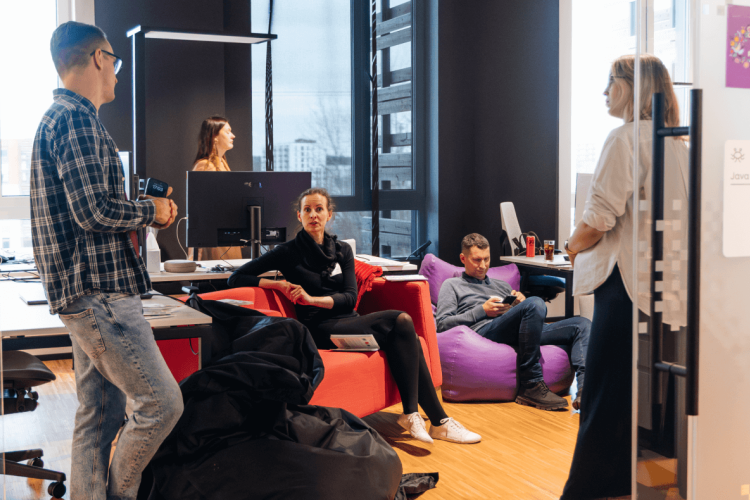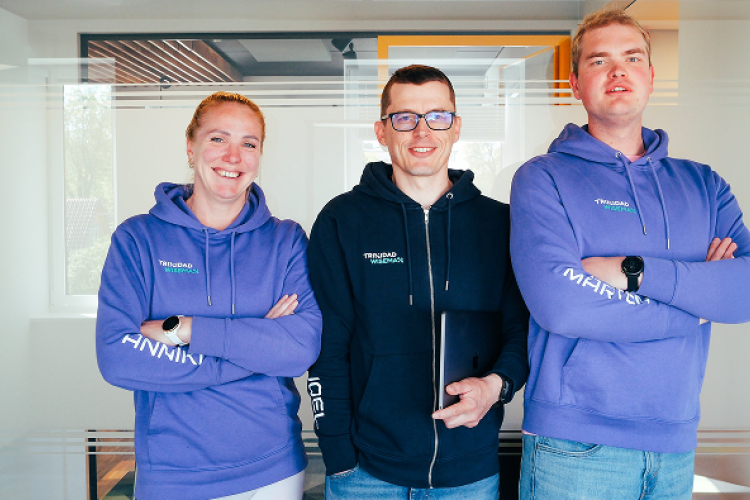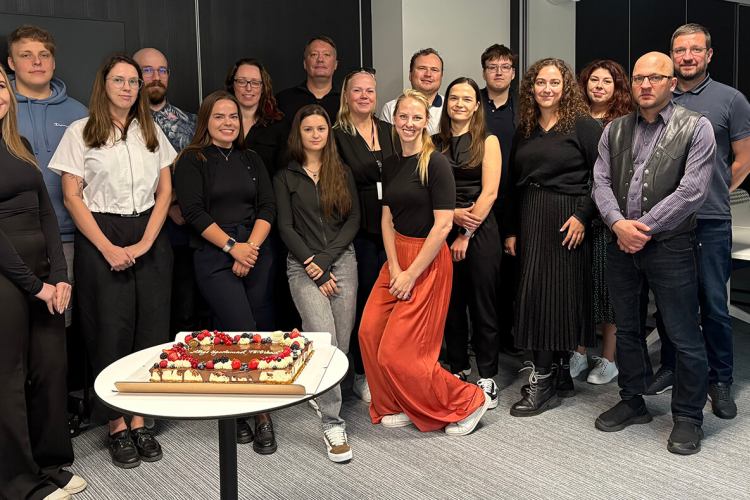How We Consume and What Will Be Offered to Us in 2023?
As a UX designer at Trinidad Wiseman and a futurism enthusiast, I am excited to delve into this topic. Our current complex era, marked by crises and shocks, has made considering the future more vital than ever.
While companies create strategic plans for three years, there is a growing interest in existential questions and understanding the world more comprehensively
Futurism offers forecasts and possible scenarios based on historical knowledge, meaningful signals, and macro trends.
I focus on consumer trends and economic sectors in this article, looking only a few years ahead to 2023. However, the world's events and crises inevitably affect consumption patterns. I share my observations and thoughts about the possible developments in various sectors, supported by examples from the physical and online world.
The Era of Exaggeration is Over
The time of annual excesses and wild consumption before the COVID outbreak in the spring of 2020 has been replaced by more restrained and conscious consumption.
People still seek experiences and oblivion, but they are now looking for deeper, cathartic-inducing experiences. Anti-consumerism movements, such as those against Black Friday, and sentiments against ambition, professional careers, and striving for advancement are on the rise.
The post-wellness theme is also gaining momentum, contrasting with the mania for healthy eating and various mental and physical practices. You can find many examples of this trend on TikTok (see #nightlux).
A Healthy Mind Follows a Healthy Body
Our mental well-being has become as important as our physical well-being. Movement in this direction has significantly accelerated during crises, and the mental health crisis has also been added to all other global problems.
Mental health spas and gyms have been trending for years and are gaining real momentum. Digital mental health assistants based on artificial intelligence appear in our app stores daily.
Blockchain Technology is Here to Stay
Although many people still do not understand how blockchain technology works, and crypto acquired an extremely negative image in 2022, several new and innovative business models built around decentralization are emerging.
Blockchain technology is increasingly being adopted in traditional industries and businesses, and many large companies are exploring how to enter the Web3 world. In the decentralized applications (Dapp industry) industry, the number of daily unique active wallets (dUAWs) increased by 50% in 2022, increasing from an average of 1.58 million daily dUAWs in 2021 to an average of 2.37 million in 2022.
Food
Although the cost of living crisis squeezes household budgets, people still desire to celebrate and enjoy eating and drinking. In difficult times, we want to allow ourselves a little luxury: expensive artisan chocolate, good champagne with oysters or roe. Seeking solace in this way is called the lipstick effect, which comes from World War II, when Berlin women defied the situation by painting their lips in the most difficult circumstances.
From the eateries of the future, visitors expect a sense of detachment from reality and keeping up with the ever-changing concept of pleasure. Looking ahead, food innovators should explore digital tools and Web3 opportunities to improve access to quality food and increase nutrition awareness.
Mixed Real Food
The development of artificial intelligence technologies also affects our eating experiences, and "mixed-real" food is emerging as a new topic. Food can stimulate the taste buds and all other senses, combining the experience of food with additional sensations stimulated by augmented reality.
Aerobanquets RMX: A Multi-Sensory Dining Experience in Mixed Reality
Aerobanquets RMX is a perfect example of the current trend towards mixed reality experiences. This multi-sensory, multi-course meal was created by Mattia Casalegno, an artist inspired by the 1932 book "The Futurist Cookbook" by Italian futurists Filippo Tommaso Marinetti and L.C. Fillia.
Using VR (virtual reality) and AR (augmented reality), this dining experience allows attendees to leave the physical world behind for an evening as they enjoy an 11-course dinner prepared by an on-site chef in a VR/AR environment.
Telepathic Menus
Artificial intelligence has been used in digital services and applications to offer suggestions based on users' preferences for everything from travel destinations to music selections.
It's only a matter of time before restaurants start using similar algorithms to help provide more relevant food and drink options than human servers currently can. This trend towards hyper-personalization in the food and beverage industry means that restaurants will eventually be able to offer food suitable for each visitor's unique gut microbiome.
In Estonia, several healthcare companies already study our microbiome, or bacterial fingerprint, as it's called. ZOE is an interesting example of an application that provides real-time nutritional recommendations with the help of artificial intelligence.
Difficult Times Call for Smart Solutions
As our purchasing power decreases, we are forced to look for cheaper offers and either hunt for discounts on our favourite products in various store chains or choose more affordable alternatives.
A solution to this dilemma has already been found in the US with the creation of Ziscuit (ziscuit.shop). This platform allows customers to upload shopping lists, and local stores offer discounts. We can expect to see similar platforms in Estonia soon.
Energy-efficient cooking
Last year, energy prices were a daily topic of discussion in the media and at gatherings of friends and relatives worldwide. The high cost of energy motivated people to search for more energy-efficient solutions. This trend towards energy-saving is not limited to the food industry, but will likely be at the forefront of innovations in all sectors for both producers and consumers.
As an example, Barilla, a popular pasta manufacturer in Estonia, has launched a passive cooking campaign. This campaign invites consumers to boil pasta for just two minutes and then simmer it with the lid on until it is fully cooked. By doing so, they can reduce the amount of energy used during cooking and help to benefit the planet.
Barilla Passive Cooking Guide
Beauty
In 2023, we will see more phygital (connecting the physical and digital world) products and services in the beauty sector. Consumers are being offered more multi-sensory experiences that appeal to multiple senses simultaneously. Beauty brands have joined the wave of global sustainability, and almost all of them try to show environmental friendliness in one way or another.
Several players in the beauty industry are taking a step forward and creating the image of a real guardian of nature. They are trying to stand out from the general noise of the green movement by defining clean raw materials and products in a more radical and science-based way than others.
As consumer awareness grows, green slogans alone will no longer be enough to sell products. The question arises as to how long our planet can sustain the production of natural ingredients for the beauty industry and whether we will find solutions in laboratories and a return to synthetic ingredients.
Maintaining a youthful appearance continues to be a big trend in the beauty industry, and both women and men are embracing newer and more scientific anti-ageing products and services. Environmental conservation will also remain a key theme in the beauty industry.
Haeckels is a good example of a cosmetics brand that prioritizes environmental friendliness. This English brand, which belongs to the Estée Lauder group, offers its customers several opportunities to do good, such as taking their Christmas tree to a collection point and receiving scented candles made from the needles of their tree. Customers who bring a bag of trash picked up from the beach to the Haeckels store also receive a free product.
Skincare 3.0
The microbiome is a new player in skincare innovations. In 2020, the Skin Care 3.0 project was founded in Stockholm, Sweden, to investigate the future of the cosmetics industry. This led to the creation of Tiny Associates, a biotechnology-based skincare brand with fermented molecules.
Fashion
Sustainability is still a burning topic in the fashion industry. Like in the beauty industry, there is increasing hypocrisy here as well, with many companies dubbed themselves champions of sustainability being caught in greenwashing.
Bio-Fashion
Plant-based clothes and shoes have been on the market for years (including in Estonia, where there is already a store selling plant-based shoes called www.vesh.ee), and their quality and variety will continue to grow in 2023. Major fashion houses are also experimenting with biotextiles for a more sustainable future.
For example, the Post Carbon Fashion project (postcarbonlab.com) has created a material for regenerative sustainability that works like a tree - it absorbs carbon dioxide and releases oxygen. The project's initiators aim to move from passive reuse or recycling of clothing to proactive environmental improvement.
Luxury conglomerate LVMH is collaborating with London's Imperial College and Central Saint Martins to experiment with growing lab-grown fur. If the project is successful, LVMH's portfolio brands may soon adopt the new technology.
Finding an alternative to fur in the fashion industry means replicating the luxurious properties of the original material, meaning that the lab-grown fur must be identical to the real thing when touched.
Popularity of Upcycling Continues to Grow
The market for used clothing and accessories is growing. In addition to statistics confirming this trend, we see the popularity of second-hand stores growing here in Estonia, both in physical stores such as RiiSaikel, Kalamaja Bazaar, Humana, and others, as well as in online environments.
I am a user of the San Francisco-based reselling platform The RealReal, and I read that their user base grew by a million in 2022, reaching more than 28 million. And since more than 20,000 new items are added to this platform daily, fashion lovers are guaranteed to find new discoveries there.
Stores are Becoming Hyper-Physical Experience Centers
"Hyper-physical" stores are a macro-trend coined by the Future Laboratory, a future consultancy agency. This trend is expressed through grandly designed sales venues that are so unique that visiting them is an emotional experience.
A striking example is the Balenciaga store in London, which was lined entirely with pink faux fur to showcase the Le Cagole accessory line. Although e-commerce continues to be successful, younger consumers are drawn back to physical stores, whose hyper-physical interiors offer incredible experiences.
Balenciaga store in London
In conclusion
one of the most important trends that we hope will continue to gain strength this year is the growing desire for people to understand things better. This includes seeing inside processes and understanding the systems behind individual events and activities. In Estonia, we have a saying that captures this idea: "seeing the forest for the trees."
This knowledge helps us as consumers to become more demanding of ourselves and the companies that provide us with products and services. As a result, we can make more informed choices and support sustainable practices that benefit the environment and society.










